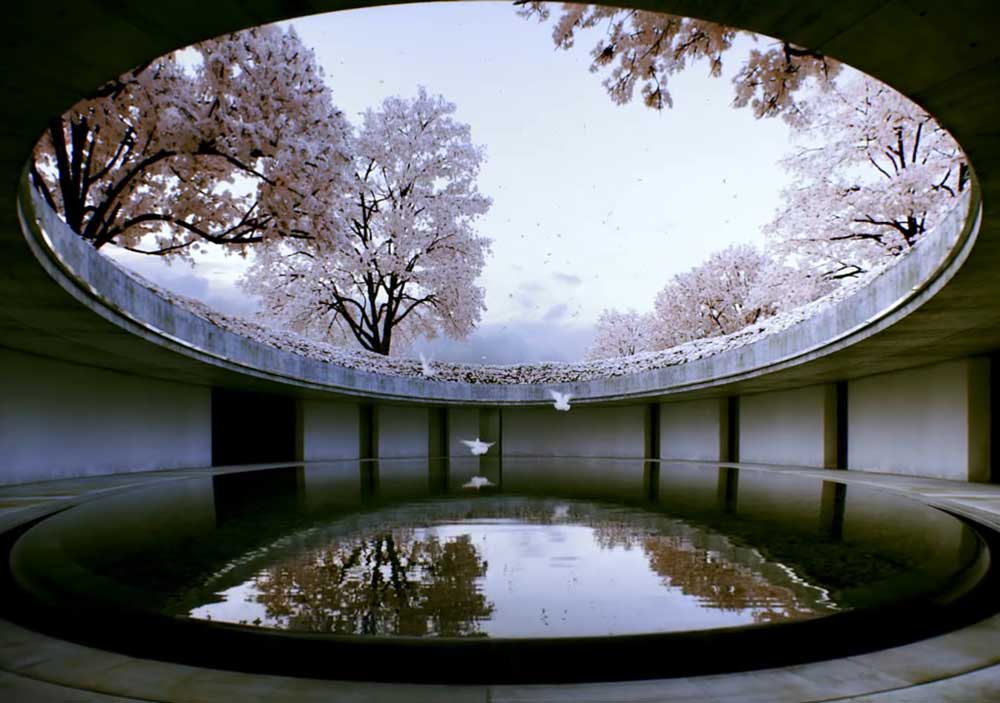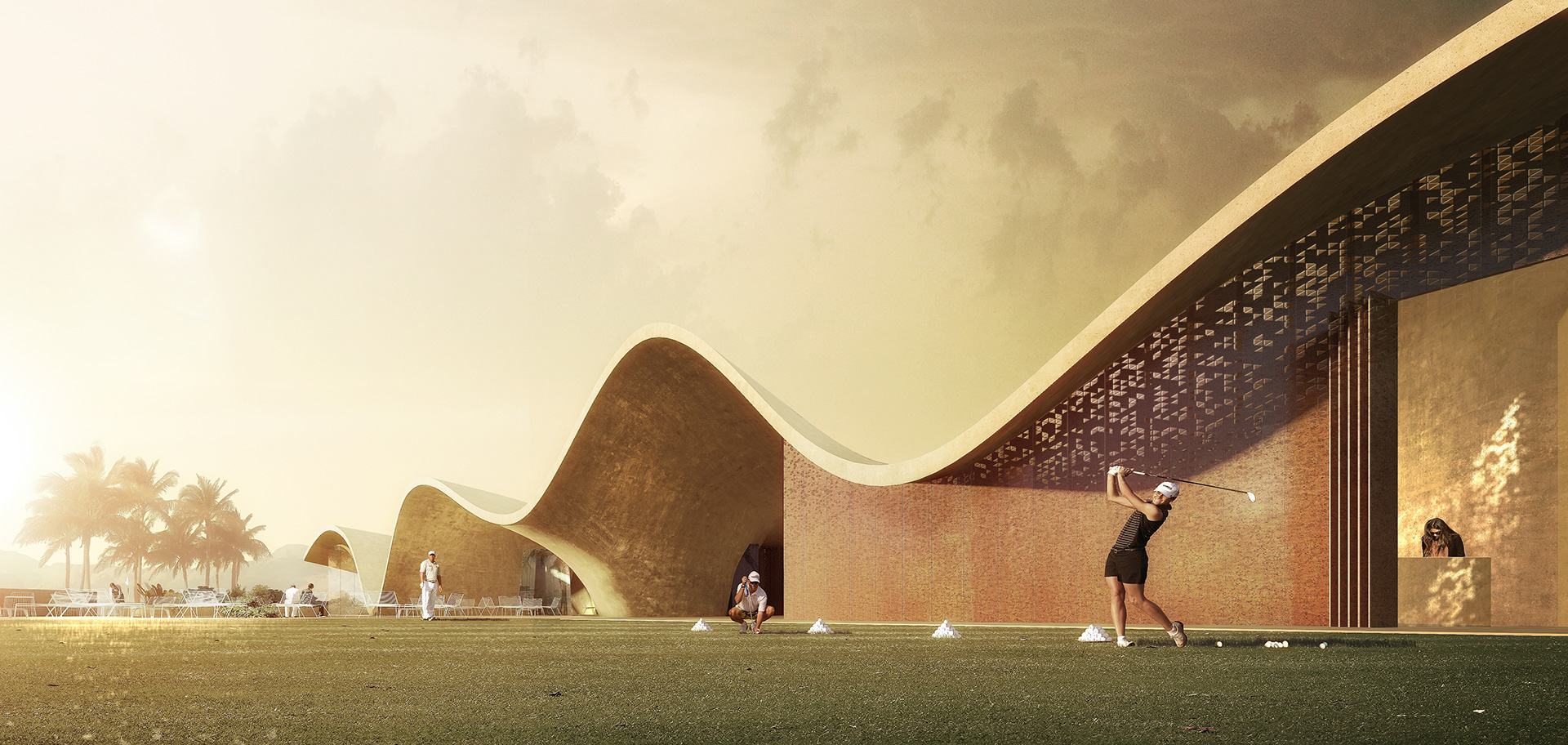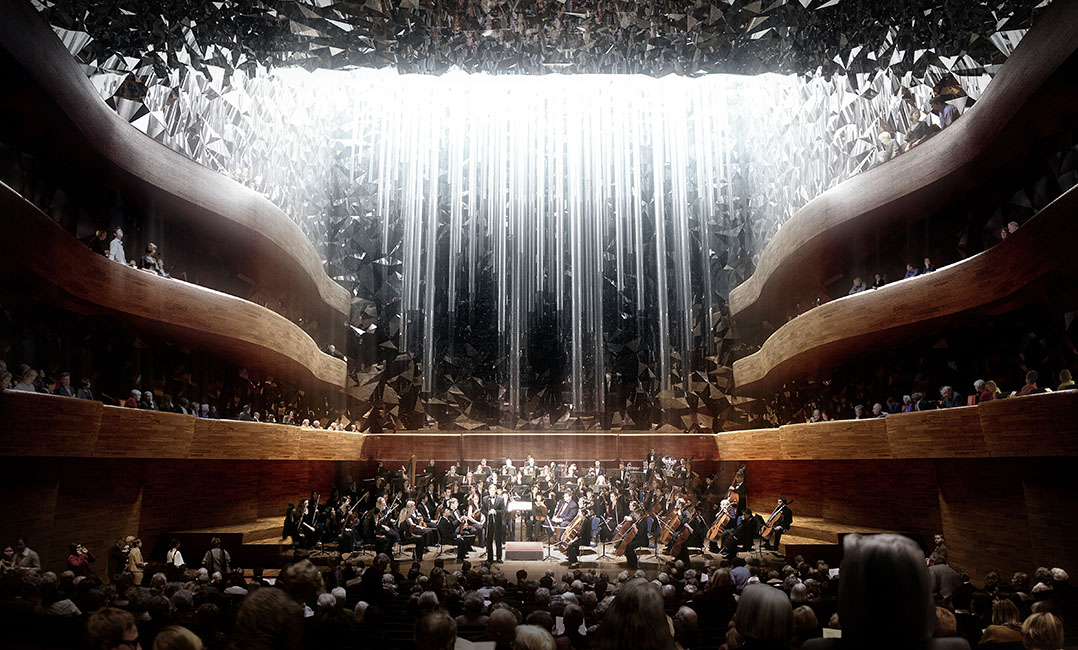August 1, 2025
The Power of Atmosphere in Architectural Visualization
When form stops at precision and rendering becomes ritual, atmosphere begins. In the quiet glow between light and shadow, designs find their soul. Visualization isn’t just about showing what a building could look like—it’s about what it feels like to be there.

Cinematic Mood in Rendered Spaces
Think of Alex Roman’s “The Third & The Seventh” — every image is a frame from a film; not showing materials, but emotion: light streaming, dust motes, reflective surfaces, human absence. The visualization builds longing and memory.
Storytelling through Light & Color
Studios like Luxigon don’t aim for perfect realism—they chase atmosphere. Their palette, light diffusion, use of weather and color shifts evoke mood. Every scene looks like a moment rather than a snapshot.
The Rendering as Emotional Prelude to Reality
When a visualization moves you, it sets expectations: that feeling becomes part of client anticipation. MIR Studio’s atmospheric renders feel like paintings, not blueprints. They suggest how it will feel to touch the walls, walk in the corridors, breathe the air.Atmosphere is not add-on; it is the silent architecture of belief before the project is built.
Atmosphere in architectural visualization is more than an aesthetic choice—it’s a narrative power. It bridges the gap between the imagined and the felt, turning pixels into places, renders into memories. In every project, every client pitch, every branding visualization, we have the choice: show what something looks like, or show what it feels like. The latter endures.


2 replies on “The Power of Atmosphere in Architectural Visualization”
Matthew Stein
Maecenas tempus, tellus eget condimentum rhoncus, sem quam semper libero, sit amet adipiscing sem neque sed ipsum. Nam quam nunc, blandit vel, luctus eget condimentum rhoncus, sem quam semper libero, sit amet adipiscing sem neque sed ipsum. Nam quam.
Benjamin Matos
Nam quam nunc, blandit vel, luctus pulvinar, hendrerit id, lorem. Maecenas nec odio et ante tincidunt tempus vitae sapien ut libero?